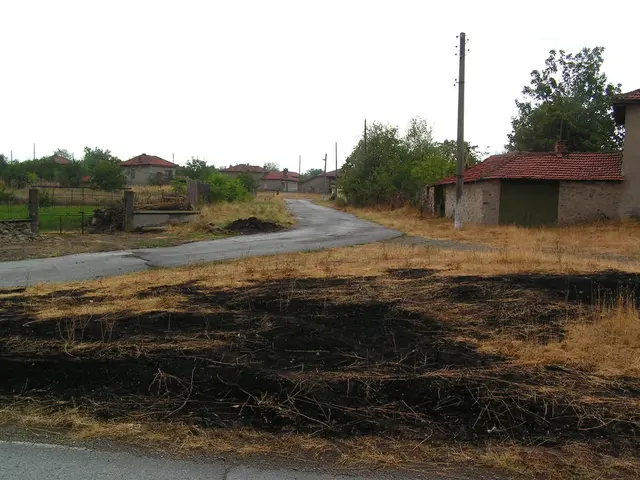ASEAN's Renewable Energy Challenge: Meet Demand, Cut Emissions
The Association of Southeast Asian Nations (ASEAN) faces a significant challenge in meeting its energy needs while reducing greenhouse gas emissions. With a substantial portion of its population still without electricity, the region must harness its vast renewable energy potential to achieve its 2025 targets.
ASEAN's energy demand is set to surge by over 80 percent between 2013 and 2035, highlighting the urgency to tap into its renewable resources. The Lower Mekong Basin alone boasts a hydropower potential of 30,000 MW, while Indonesia and the Philippines have significant geothermal and wind potential, respectively. All ASEAN countries enjoy good solar potential, with average daily solar radiation of 4500 kWh m2. Malaysia, the world's third-largest producer of PV cells and modules, is well-positioned to capitalise on this opportunity.
In 2015, Southeast Asian governments set ambitious targets to increase the region's share of renewables and cut emissions by 2025. The goal is to achieve 23 percent renewables in the region's fuel mix by this year. ASEAN member states have set individual targets, such as Malaysia's 4 GW by 2030. However, the non-electrification rate in the region stands at 120 million people, underscoring the need for swift action.
With its substantial hydropower, geothermal, wind, and solar potential, ASEAN has the resources to meet its energy needs sustainably. By harnessing these resources, the region can reduce its reliance on fossil fuels, cut greenhouse gas emissions, and bring electricity to its unserved population. The Sidrap Wind Farm in Indonesia, with its significant potential, is a testament to the region's renewable energy prospects.








